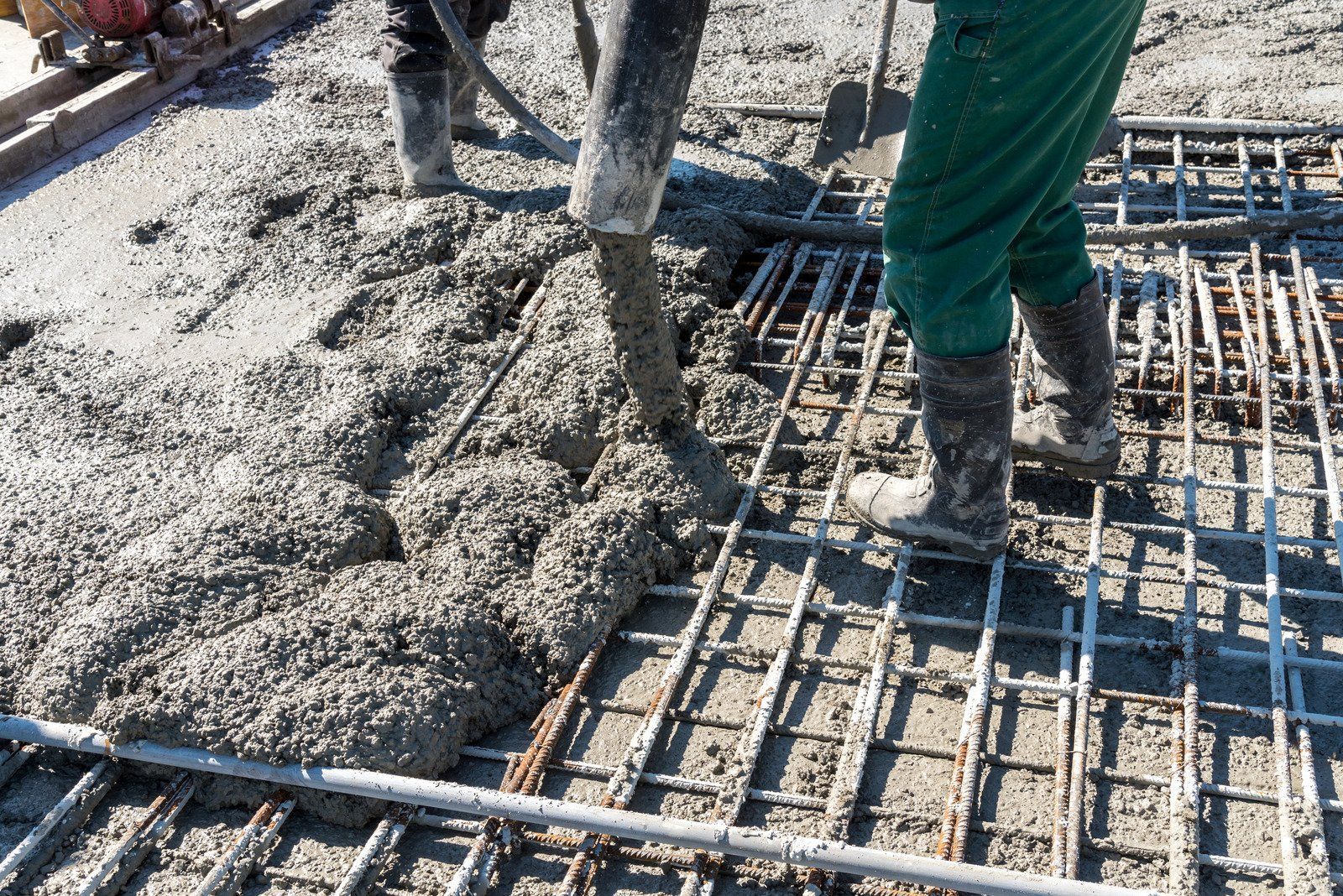CALL US: 253-651-0653
CALL US 253-651-0653
An Open Letter to the Concrete Industry
Unraveling Concrete's Hidden Surface Crisis
After 30+ years in concrete finishing, I'm witnessing unprecedented surface issues across our industry. The root cause? A perfect storm of changes that nobody's talking about.
Let me be direct: In the last three years, we've seen dramatic shifts in cement chemistry – driven by the green movement – that have fundamentally changed the game. But that's just the beginning. The increasing use of topical finishing aids has compounded these problems, creating a crisis of quality that can't be ignored.
Here's what's really happening:
Cement manufacturers focus solely on strength metrics. Ready-mix producers concentrate on meeting strength specifications. Admixture companies push more chemicals and less water – because water doesn't pad their bottom line. This obsession with water reduction has crippled our industry over the past 15 years.
Browse any concrete-focused social media, and you'll see an endless stream of problems. I've sat with PhDs and "industry experts" across the country, and despite all their supposed expertise, we're still facing the same issues. Why? It's simple: follow the money.
The harsh truth is that long-lasting concrete doesn't generate recurring revenue. But this short-sighted thinking is devastating our infrastructure. We're already trillions behind in repairs, and new infrastructure funding is going to fix existing problems instead of building for the future. Meanwhile, private sector investors are pouring billions into properties that require excessive maintenance due to subpar concrete quality.
The concrete finisher – the true craftsman – is caught in the middle of this mess. We're expected to work with mixes designed by people who've never finished concrete in their lives. Think about that: The people creating these mix designs have never had to finish what they're selling.
Shouldn't ready-mix producers consult with finishers about mix workability? When a mix isn't finishable, we're forced to take measures to get the job done. Yes, sometimes finishers are at fault – we get behind, cut corners, make mistakes. We own that. But we're operating in a system designed by lab technicians and PhDs who produce impressive white papers but can't create mixes that work in the real world.
The results are everywhere:
- Increased delamination
- Widespread scaling
- Excessive shrinkage cracking
- More plastic shrinkage
- Severe curling and raising
We're not concrete finishers anymore – we've become chemical finishers. When did this happen? When did we decide that a simple mix of cement, aggregate, sand, and water – maybe with one or two admixtures – wasn't enough?
The cement manufacturers started this cascade by changing their formulations, adding grinding aids and cement additives to ease their production. They never disclosed how these changes would affect us in the field. Nobody stood up for the small business owners who bear the cost of fixing these issues – costs that should be borne by those who created the problems.
It's time for change. It's time for transparency. It's time for the industry to listen to the people who actually work with concrete every day.
Share your experiences – good or bad – about these new cement chemistry changes. Visit https://www.1lcementproblems.com and let your voice be heard. Only together can we push for the changes our industry desperately needs.
The future of concrete depends on it.









